- P.O. Box 527, The Gap, Qld, 4061
About
Air quality and fluid mechanics expertise
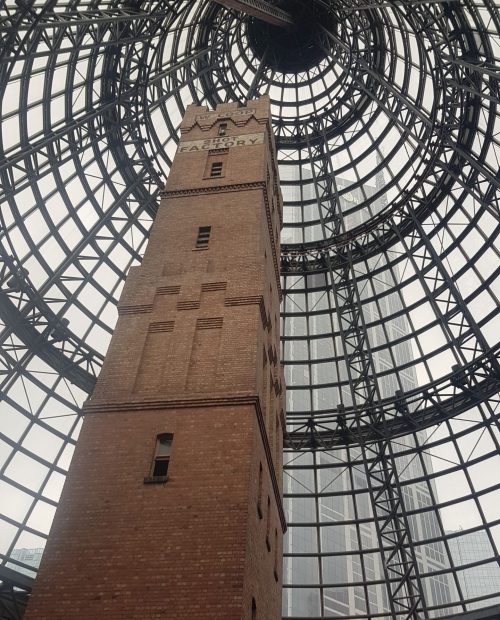
Dr. John Taylor, Director & Principal
PhD, BEng(Hon), BSc, FIEAust, FRMetS, RPEQ
Specialising in:
- Air Quality
- Boundary Layer Meteorology
- Fluid Mechanics
John’s career has focused on the air environment, encompassing boundary layer meteorology and turbulence, atmospheric dispersion and air quality, bluff-body aerodynamics and fluid mechanics with an emphasis of complex atmospheric flow and turbulence associated with nearfield air pollutant behaviour.
Commencing in Wind Engineering, and the wind tunnels at Monash University, post-graduation John was involved in delivering consulting and research services focussed on understanding the interaction of structures and wind. The work provided design detail to ensure the integrity of structures to wind action, as well as assist manage adverse wind environments in streets and occupied regions around large structures; the 'wind tunnel’ effect often experienced in the streets adjacent to tall buildings.
Retaining connection to meteorology, the air environment and wind tunnels, John’s focus shifted to investigating complex atmospheric flow and turbulence structures that can significantly influence localised plume behaviour and air quality.The application of a wind tunnel to simulate atmospheric convective boundary layer (CBL) flow and plume behaviour formed the main elements of John’s PhD. Downdrafts within the CBL rapidly transport tall (> 100m) stack emissions downward, interacting with the ground close to the stack base. Convective eddies lead to the intermittent impacts of sulphur dioxide (and other pollutants) on the Mount Isa community due to emissions from the 153m tall copper stack and even the 270m tall lead stack.
Concurrent with his PhD John undertook numerous commercial complex atmospheric flow and dispersion investigations related to air quality impacts including pollutant concentration variability (peak to mean ratio) and building effected dispersion studies for the development and validation of the US EPA PRIME Buildings module.
Read more ▼
International Experience
Moving with his young family to the UK, John’s connection with complex atmospheric flow and dispersion continued at the Environmental Flow Research Centre (EnFlo), University of Surrey.
A meteorological wind tunnel was employed to develop stable atmospheric boundary layer flow conditions and investigate dense gas (heavier than air) emission behaviour. Both the density differential and atmospheric stability with reduced turbulent energy, act to reduce the dilution rate of the dense gas emission, extending the region of dangerous or lethal impact. Transport and mixing knowledge of heavier than air emissions is critical with respect to understanding consequences of many accidental industrial liquid and gas releases. Heavier-than-air gas can spread in a ‘pool’ like a liquid, thus having potential to move upwind.
Returning to a consulting environment, and relocating to NW England, John provided his expertise through a specialist group derived from the UK nuclear industry. Integrating fluid modelling, including wind tunnel simulations, regulatory dispersion models, and their buildings modules, with monitoring and analysis he investigated flow and dispersion over complex industrial facilities. The work aimed to enhance and validate methods of fugitive emission determination from 2 of western Europe's most hazardous industrial buildings.
Traditional simple gaussian dispersion models (ISC, R91) and the more advanced 'new generation' models (AERMOD, ADMS) were applied using a range of approaches to represent building effects and quantify the influence of site structures on dispersion of known 'scheduled' emissions and emission from the primary fugitive source locations.
John was also involved in model validation and intercomparison studies and research investigations across industrial and urban environments, in addition to general air quality assessments and consequence analysis investigations. Within this role John commenced applying numerical fluid modelling (Computational Fluid Dynamics, CFD) to complement his virtually unique experience across wind tunnel modelling of complex atmospheric flow, turbulence and dispersion.
Read more ▼
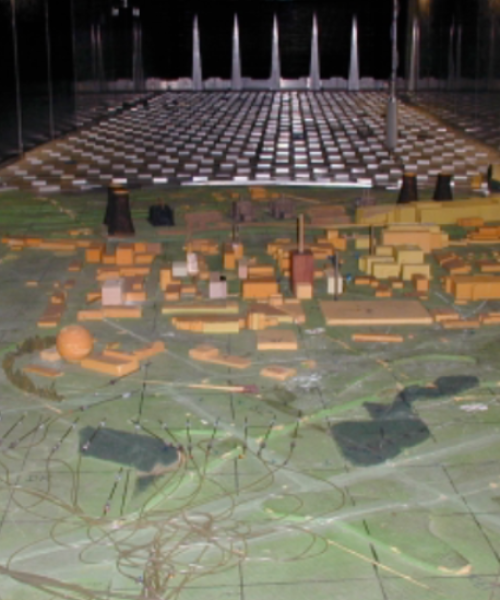
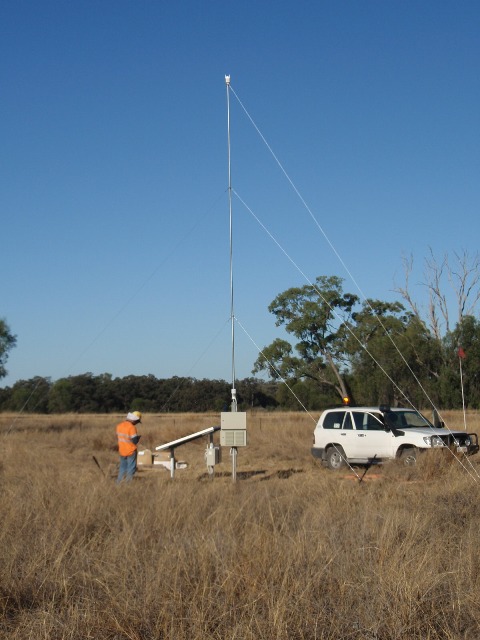
Consulting across Australia
Returning to Australia for a role as a Principal Consultant in a Brisbane air quality consulting firm John continued application of fluid and regulatory dispersion models (AUSPLUME, CALPUFF, TAPM, etc.) to air quality impact assessments across resource and general industry, waste, agriculture, defence and more.
Applying his expertise in complex atmospheric flow and dispersion issues and fluid modelling, John provided expert advice to assist modelling assessments and enhance representation of complex fluid mechanical issues with the application of numerical fluid modelling (CFD). He applied his expertise across diverse investigations including consequence analysis, representation of multi-flue stack plume rise, and application of enhanced grid resolution in 3-dimensional dispersion modelling tools enabling improved, more robust representation of critical terrain features, flow conditions, plume behaviour and air quality impact events.
As an independent specialist consultant within Engineering Air Science, John has continued to apply his knowledge and experience to the air environment, working with a broad range of clients from individuals to large multi-nationals, schools and Universities to large government departments. John has provided advice and guidance from simple letters outlining policy and assessment approaches, to Expert Reports and Witness service, Expert Reviews and general consulting across air quality assessment, modelling and monitoring, fluid mechanics and complex flow and dispersion issues to enhance the quality and comfort of the air environment we inhabit.
Through Engineering Air Science John applies a diverse range of analysis approaches to understand and advise on often complex and controversial air quality, environmental and fluid mechanical subjects. His fluid mechanics and modelling knowledge complement his air quality and environmental work, as well as enable investigation of broader industrial and environmental issues.
John has authored scientific publications and provided training and post-graduate lectures to improve knowledge and understanding. The diverse list of projects on which John has previously worked provide a testament to his ability to apply his skills and knowledge to standard and highly complex air quality, meteorological and fluid mechanical investigations.
▼
Read more
Read less
▲
Projects
John has applied his knowledge and expertise across a diverse range of project and industries:
- From air recirculation for train ventilation systems to the manufacture of nuclear submarines
- Green waste, human waste to radioactive waste
- Agriculture, mining, minerals processing operations, to virus spread and exposure
Example projects include
- Expert witness air quality, Acland Coal Mine Stage 3 expansion; first hearing (2016), the longest trial in the history of the Land Court of Queensland; second Land Court rehearing (2021)
- Peer review air quality, Murujuga Rock Art Monitoring Plan
- Feedlot awning wind environment CFD study
- Blind Bore Drilling reverse circulation initiation CFD investigation
- Hospital backup generator exhaust GRAL (CFD) assessment
- Airborne virus transmission - (pre-COVID)
- Newmont Boddington mine expansion EIS air quality assessment
John has significant experience working with clients on projects of a controversial or highly confidential nature.
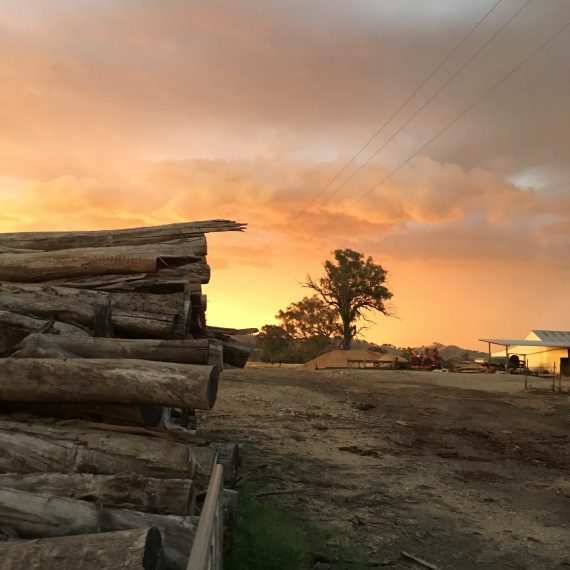

Publications
An evaluation of Ausplume-Prime with neutral and stable flow wind tunnel building effected dispersion data. 30th International Clean Air and Environment Conference, Auckland, Taylor T J. 2011
Characterisation of complex pollutant emissions from industrial sites. 14th IUAPPA World Congress, Brisbane. Taylor, J. 2007.
A new model validation database for the evaluating AERMOD, NRPB R91 and ADMS using Krypton-85 data from BNFL Sellafield. IJEP Vol. 24, No 1/2/3/4 pp. 75-84. Hill, R. Taylor, T J. Lowles, I. Emmerson, K. & Parker, T. 2005.
The evaluation and characterisation of fugitive emissions from a large industrial site. 13th IUAPPA World Congress, London. Taylor, T J. Hill, R A. Lowles, I. Parker, T. & Stevens, A. 2004.
Uncertainty in deriving dispersion parameters from meteorological data. ADMLC-R2. ISBN 0-85951-525-7, Auld V. Hill R. and Taylor, T J. 2003.
From applying cutting-edge technologies to optimising understanding and management
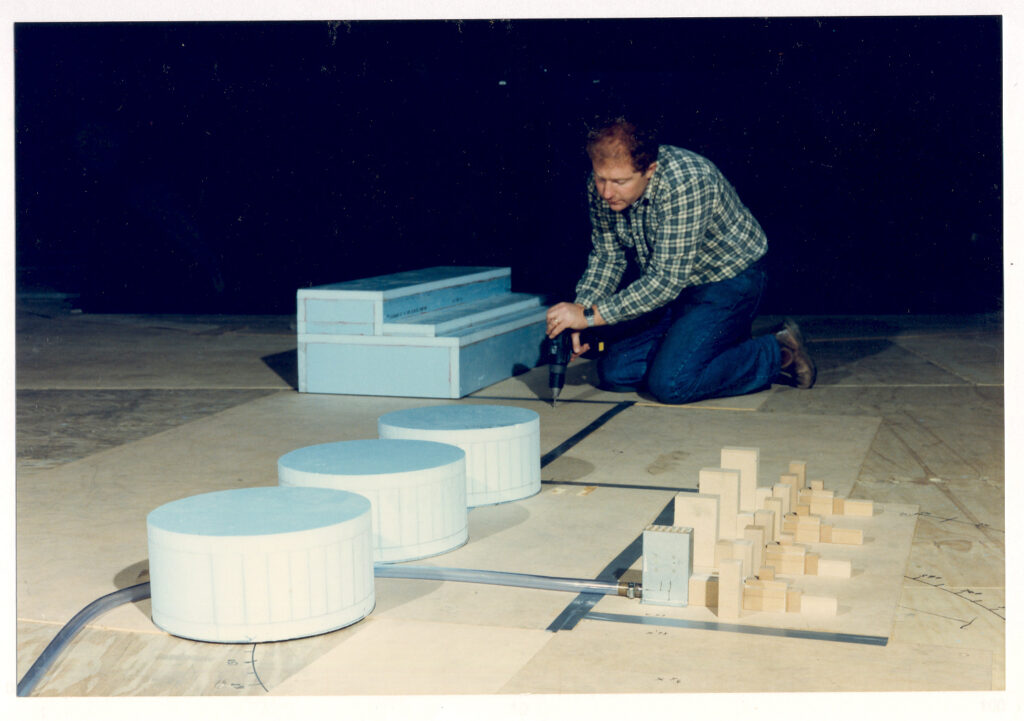
Global Network
With Australian and Internationally developed practical experience Engineering Air Science provide specialist consulting services across a broad area of the air environment including boundary layer meteorology, air quality, plume behaviour and fluid mechanics including diverse model application experience.
Air Quality Assessment
Engineering Air Science provide services in air quality assessment and management including meteorological and atmospheric dispersion modelling, air quality impact assessment, meteorological processing and analysis, meteorological and air pollution monitoring and analysis.
Solutions
Engineering Air Science provide specialist expertise across boundary layer meteorology, air quality monitoring, analysis and modelling and the application and integration of fluid modelling to understand and quantify complex air quality and fluid mechanical issues.
Research & Development
Extensive research and development project experience including commercial and highly confidential investigations as well as published studies individually and in collaboration. Analysis of meteorology, complex dispersion, model inter-comparison and uncertainty, plume behaviour, air flow and industrial fluid mechanics.
